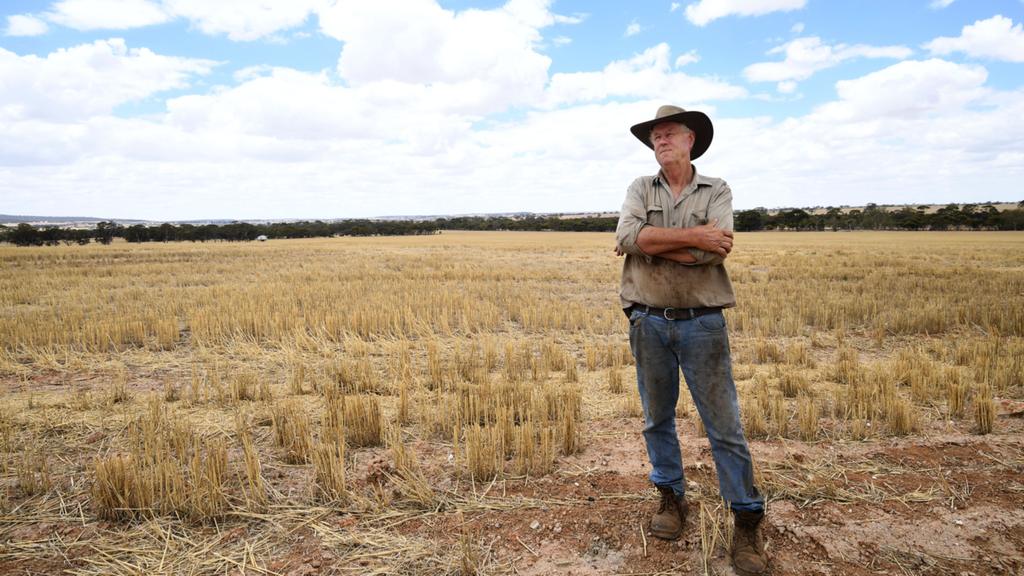![]() Article by Cheyanne Encisco courtesy of The Countryman.
Article by Cheyanne Encisco courtesy of The Countryman.

The representative body for pastoralists in the Kimberley has claimed the region’s future sits at a crossroads, with one road leading to jobs and progression and the other to continued stagnation.
Indigenous and environmental groups have been in disagreement with several Kimberley pastoralists who want to build up pastoralism in the area by accessing surplus water from the Fitzroy River.
In a statement, Pastoralists and Graziers Association WA president Tony Seabrook claimed the Kimberley Land Council had once again chosen to embrace a campaign of fear over any sustainable agricultural development in the north instead of using scientific and economic justifications on how to expand the future potential of the Fitzroy River catchment.
“Central to their emotive claims is the never-ending myth around continuing plans for large-scale water extraction from the Fitzroy River and its tributaries, including shelving the proposed surface water allocation limit 300 gigalitres a year under the McGowan Government’s Fitzroy water allocation plan” he said.
“Given that the Fitzroy River has an average discharge rate into the ocean of over 6600GL/year, which is the equivalent of 10 Sydney Harbours, it is incredulous that the KLC would consider that the extraction of up to 4.5 per cent of the Fitzroy River’s annual discharge would in any way be considered large scale or unsustainable or comparable in any way to the destruction of Juukan Gorge.”
Under the water allocation plan’s limit, 190GL could be released for allocation per year, including 100GL/year in a general access pool and conditional access to 90GL/year in a Fitzroy Aboriginal water reserve.
Mr Seabrook said pastoralism proved to be the most successful and sustainable industry in the region, citing a study by the CSIRO which showed surface water catchment during high-flow years could support 180,000ha of irrigation, support more than 5000 additional jobs and boost the economy by $1.2 billion a year.
“At a time when the unemployment rate in the Kimberley remains significantly higher than the rest of the State, especially among our Indigenous youth, denying this vital and valuable industry the opportunity to not only increase cattle production but expand into agricultural activities, by prohibiting sustainable access to water, will not only create a very bleak future for the Kimberley but for the rest of Western Australia as well,” Mr Seabrook said.
